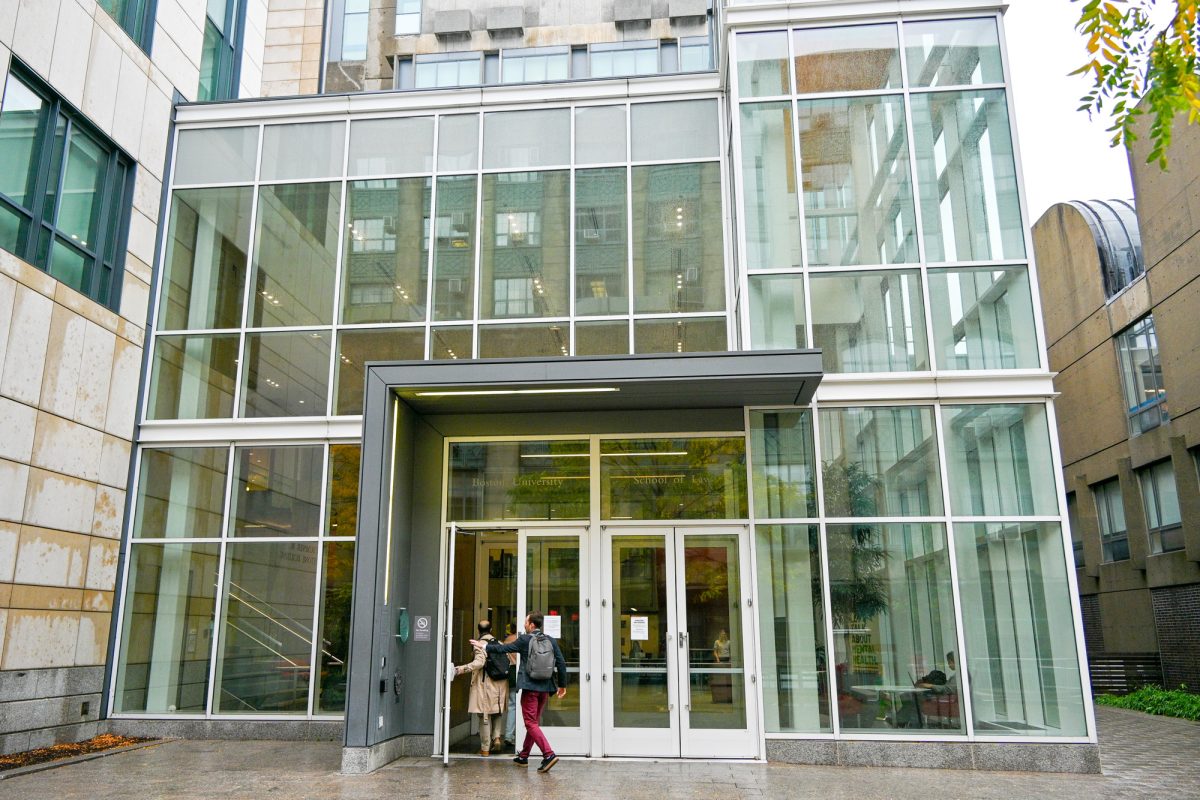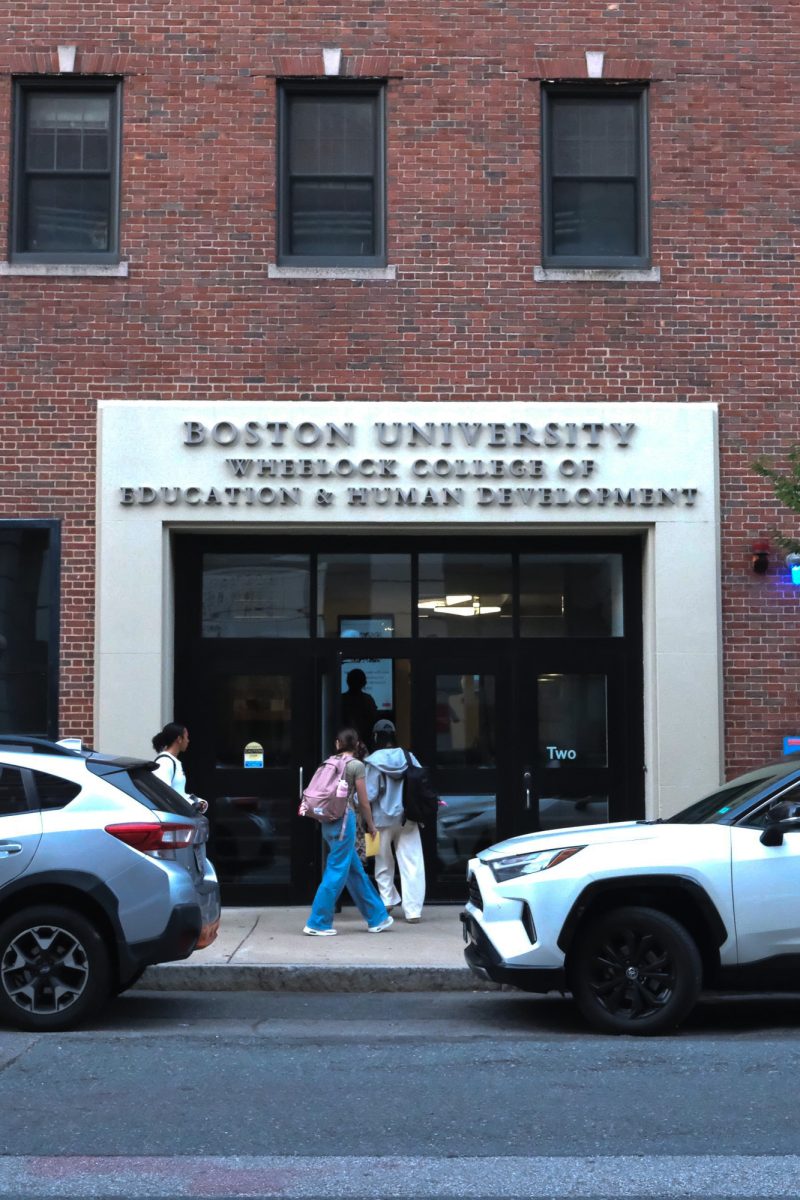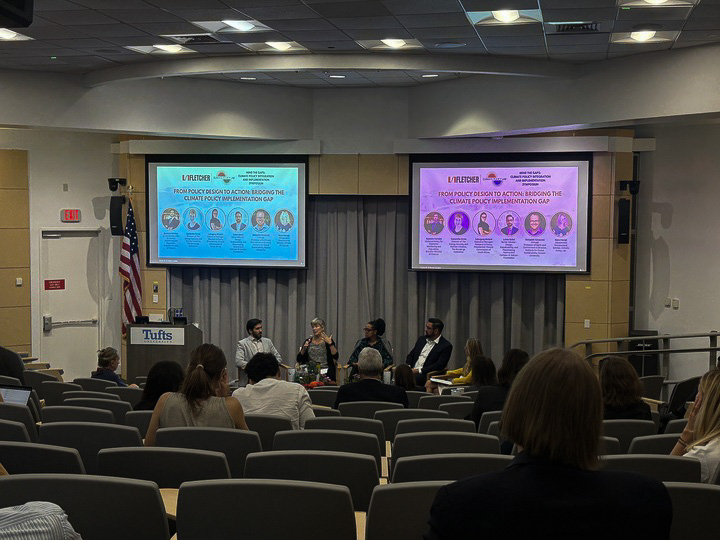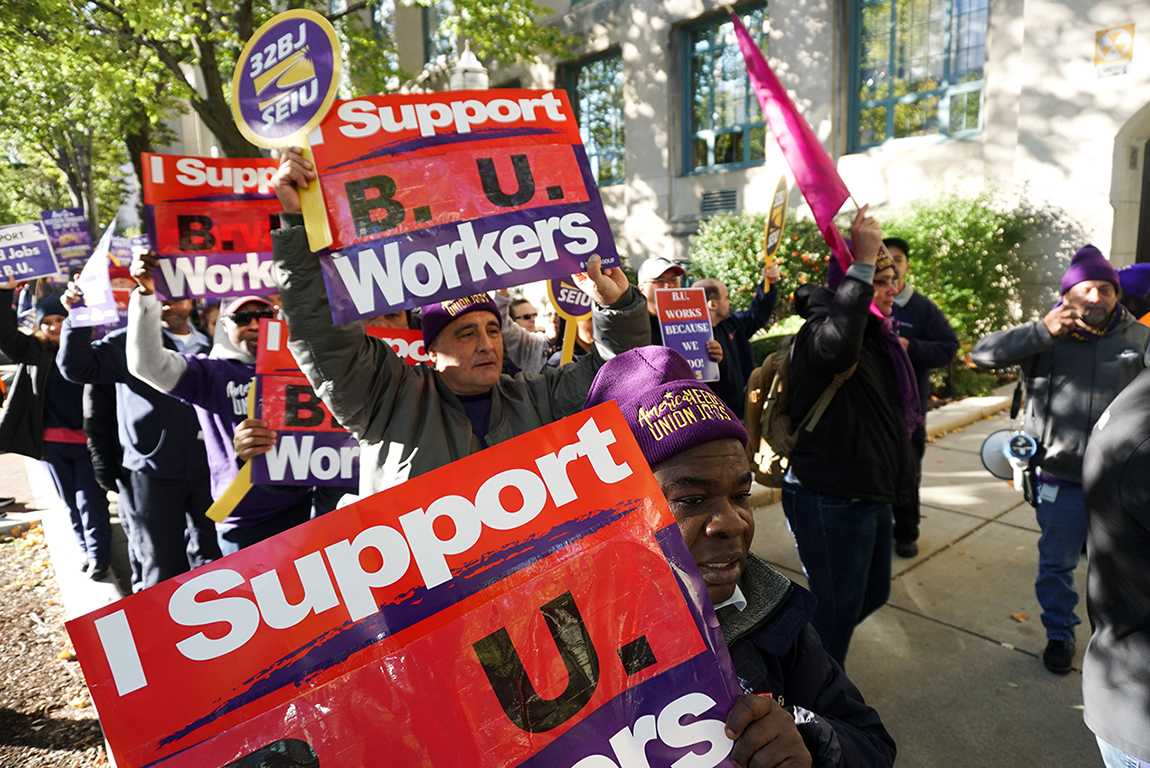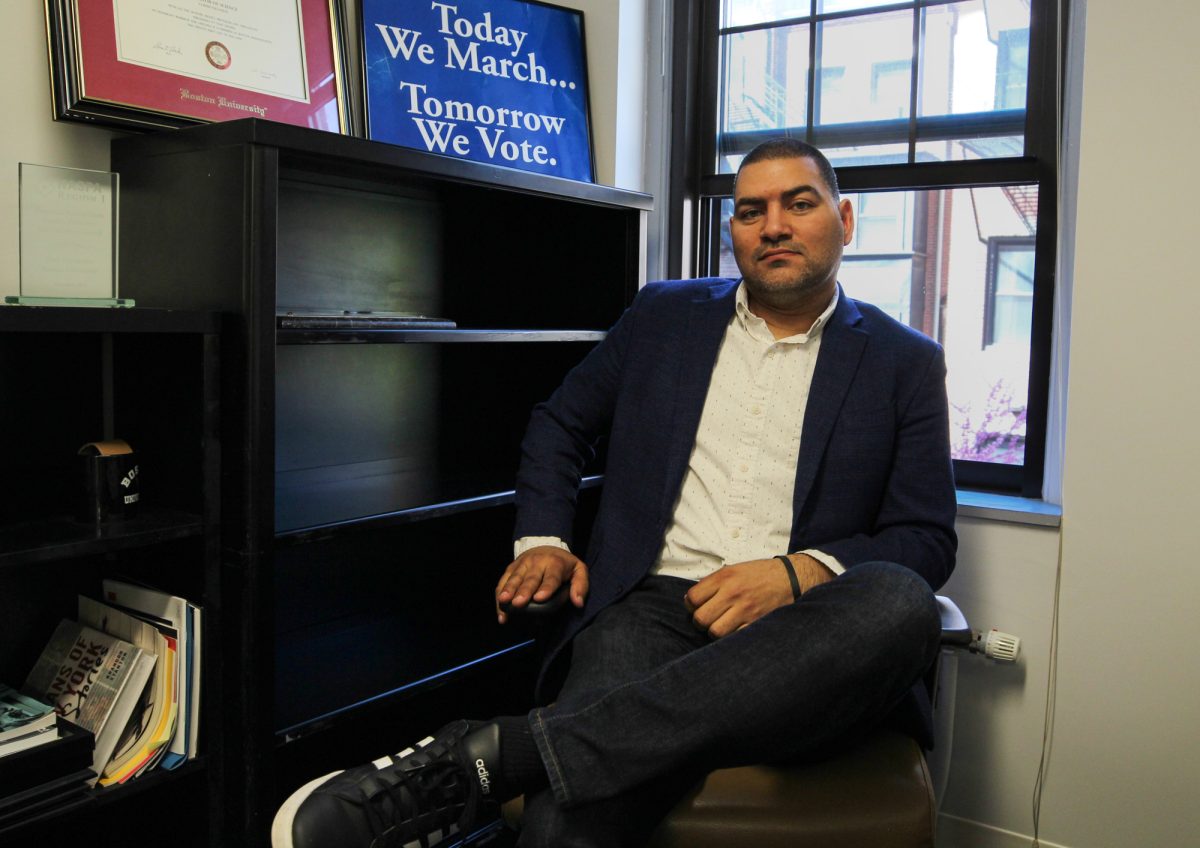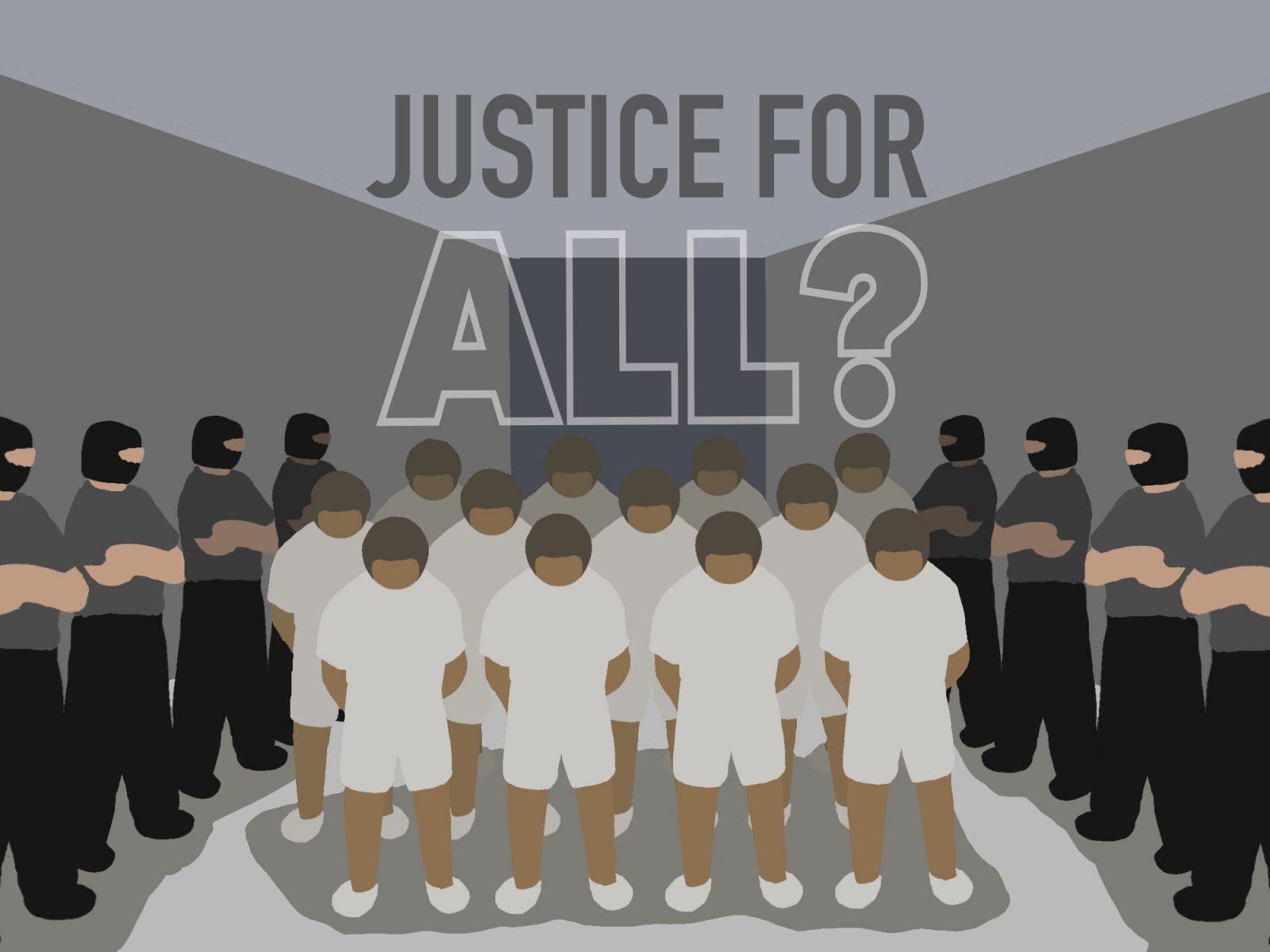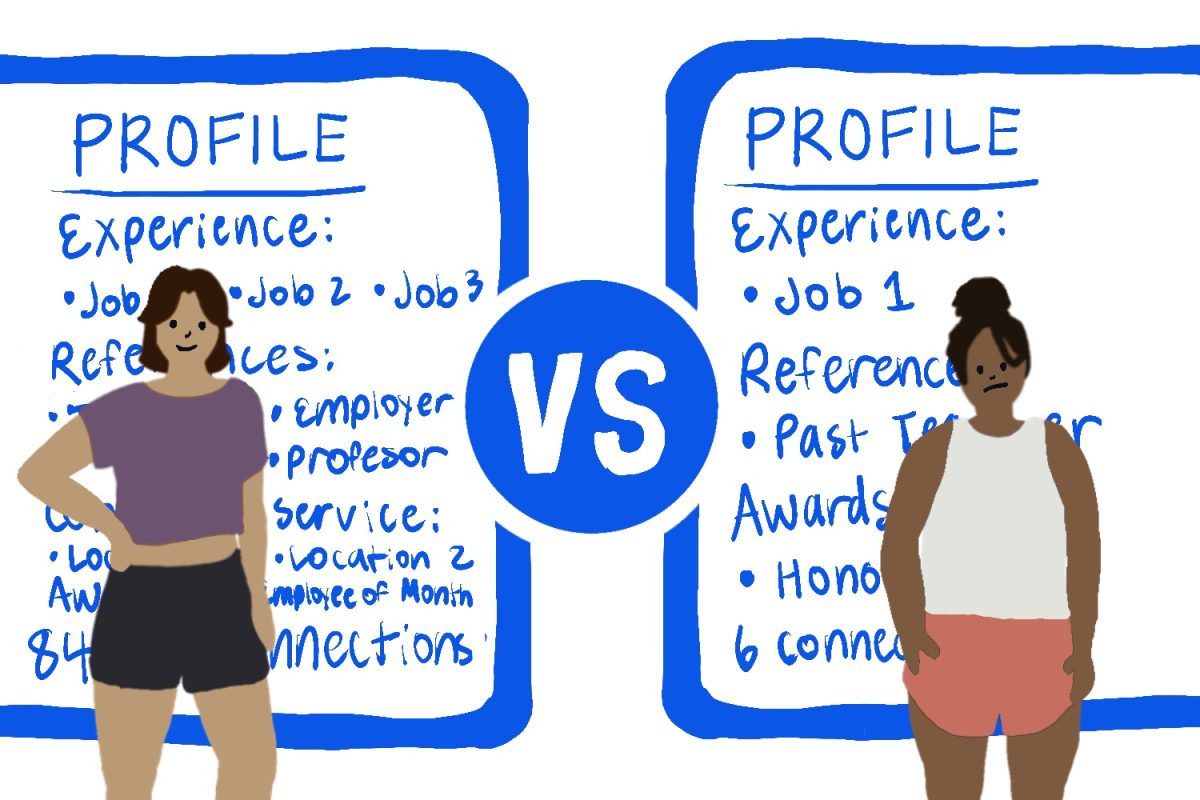Affirmative action is a term synonymous with efforts aimed at encouraging participation of women and minorities in various areas such as education and employment. Since its inception, affirmative action has faced heavy opposition and numerous court challenges — two of which would lead to its eventual death in college admissions.

Affirmative action has existed in the United States since the 1960s. President John F. Kennedy’s Executive Order 10925 introduced the term in 1961, requiring federal contractors to take “affirmative action” to ensure all job applicants and employees were treated equally.
Edward Blum, a conservative activist and legal strategist, is credited with the overturning of affirmative action in college admissions in 2023. Blum is known for strategically hand-picking the plaintiffs and test cases for his causes.
One of Blum’s more notable attempts at crafting lawsuits intended to end affirmative action was the 2012 Supreme Court case Fisher v. University of Texas.
Abigail Fisher, a rejected legacy applicant from the University of Texas Austin, argued the school’s affirmative action policies disadvantaged her and other white applicants. Fisher lost her case, but Blum was unfazed — he had another plan.
“I needed Asian plaintiffs,” Blum said to a group assembled by the Houston Chinese Alliance in 2015.
In a deliberate change of tactics, Blum centered Asian Americans in his new lawsuits against the University of North Carolina and Harvard University. By framing Asian failures as something tied to Black achievements, Blum played into the “us vs. them” dynamic.
He had a new angle: affirmative action harms minorities and Asian Americans are the victims.
Students for Fair Admissions (SFA), an anti-affirmative action group created by Blum, brought the cases against UNC and Harvard before the Supreme Court and won.
There is a degree of truth in Blum’s narrative. Asian American students may be losing their “spots” in college admissions to less qualified students — but they aren’t other minorities.
A 2019 study on Harvard admissions from the National Bureau of Economic Research revealed that more than 43% of admitted white students were recruited athletes, legacies, on the dean’s interest list or children of faculty and staff (ALDCs), while fewer than 16% of nonwhite admits fell into these categories. The study argues that three-quarters of white ALDC admits would have been rejected if they were treated as white non-ALDCs.
It was found that removing preferences for athletes and legacies — like Abigail Fisher — would “significantly alter the racial distribution of admitted students, with the share of white admits falling and all other groups rising or remaining unchanged.”
But that doesn’t seem to be Blum’s concern.
Critics often overlook how affirmative action programs support all minority groups, including those with disabilities and military personnel. In the landmark 2003 Supreme Court case Grutter v. Bollinger, some of the most prominent supporters of upholding affirmative action were retired military officers.
More than a year later, we are now beginning to see the effects of affirmative action’s demise. Ironically, the results have been mixed for Asian American students, with enrollment rates even decreasing at schools like Yale, Dartmouth and Princeton.
More concerning is the sharp decline in acceptance rates for Black students at Massachusetts Institute of Technology, which dropped from 13% to 5% for the class of 2028.
Access to equal rights has always been controlled by those with wealth and privilege, so it’s ironic that the SFA uses the term “fair” in their title.
History has undeniably been unfair to certain groups, and although affirmative action is not a perfect solution, it was designed to help level the playing field. While many want to believe individual success is purely merit-based, claiming that white success bears no benefit from racial factors is absurd.
Asian American members of the SFA were willing pawns used to further a developing agenda that initially showed little concern for them, until it became clear that their race could be strategically leveraged.
To suggest that Asian Americans don’t benefit from race-conscious policies implies that they don’t face racism, begging the question: was ending affirmative action worth it?

